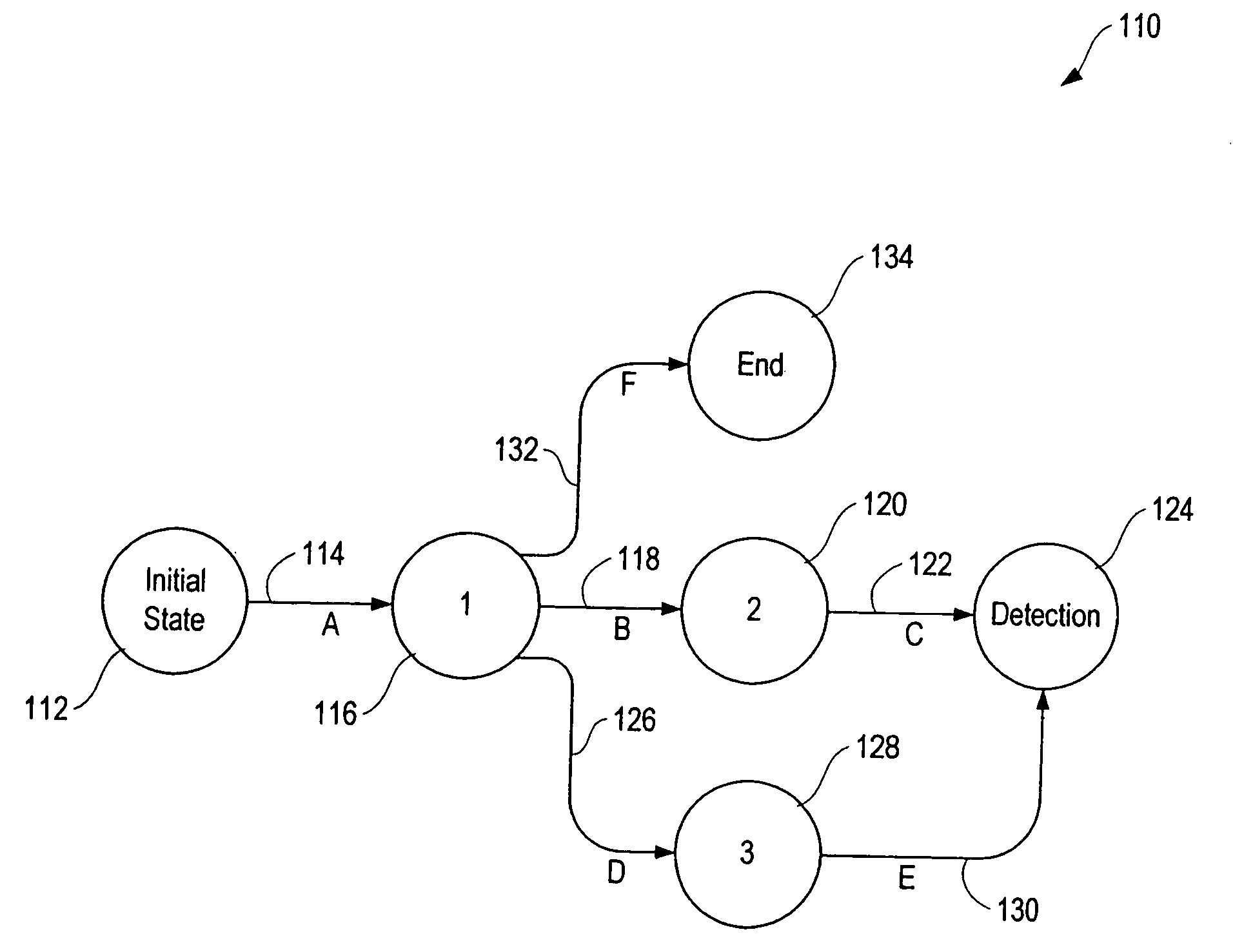Spatiotemporal pattern recognition for neurological event detection and prediction in an implantable device
a technology of spatial pattern recognition and neurological event, applied in the field of system and method of detecting and predicting neurological dysfunction, can solve the problems of physical impairment, deterioration of other brain functions (including cognitive function), frequent limitation of sufferers, etc., and achieve accurate and reliable seizure detection and prediction, and reduce the amount of data processing
- Summary
- Abstract
- Description
- Claims
- Application Information
AI Technical Summary
Benefits of technology
Problems solved by technology
Method used
Image
Examples
Embodiment Construction
[0088] The invention is described below, with reference to detailed illustrative embodiments. It will be apparent that a system according to the invention may be embodied in a wide variety of forms. Consequently, the specific structural and functional details disclosed herein are representative and do not limit the scope of the invention.
[0089] As described above, a system according to the invention is capable of identifying patterns and sequences, both in time and across various locations in the brain, for the purpose of detecting and in some cases predicting neurological events of interest. In the disclosed embodiment of the invention, specially adapted and implemented finite state machines are employed to achieve this objective. These state machines are described in detail below.
[0090] A finite state machine is a mathematical model capable of representing the behavior of a system based on its current state and inputs the system is exposed to. Typically, and as employed herein, ...
PUM
 Login to View More
Login to View More Abstract
Description
Claims
Application Information
 Login to View More
Login to View More - R&D
- Intellectual Property
- Life Sciences
- Materials
- Tech Scout
- Unparalleled Data Quality
- Higher Quality Content
- 60% Fewer Hallucinations
Browse by: Latest US Patents, China's latest patents, Technical Efficacy Thesaurus, Application Domain, Technology Topic, Popular Technical Reports.
© 2025 PatSnap. All rights reserved.Legal|Privacy policy|Modern Slavery Act Transparency Statement|Sitemap|About US| Contact US: help@patsnap.com



